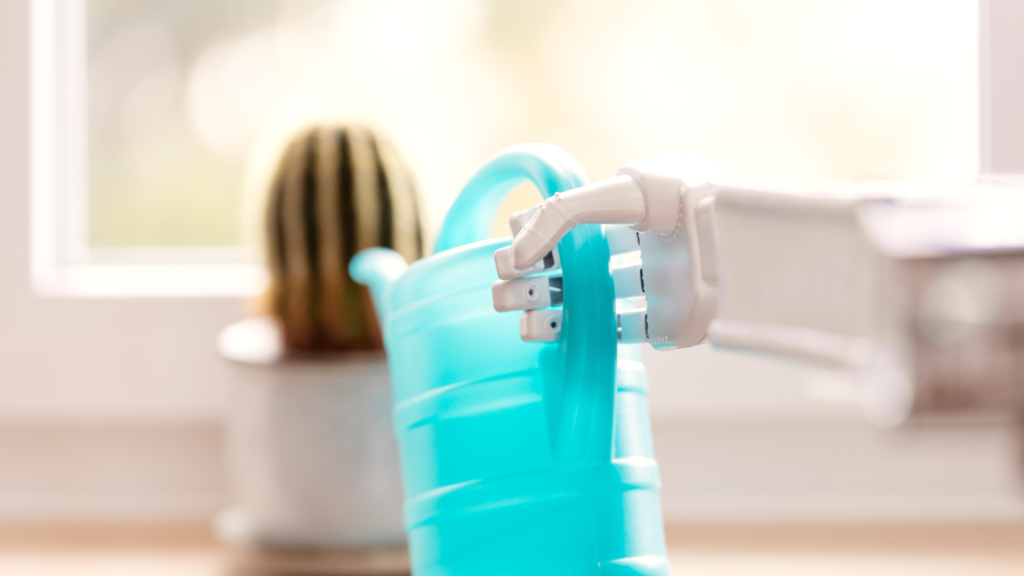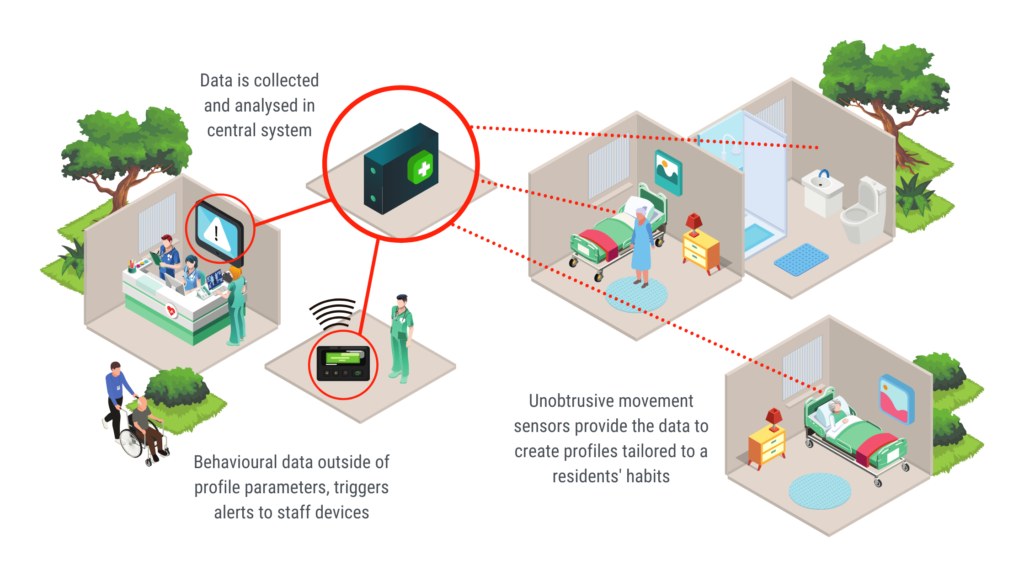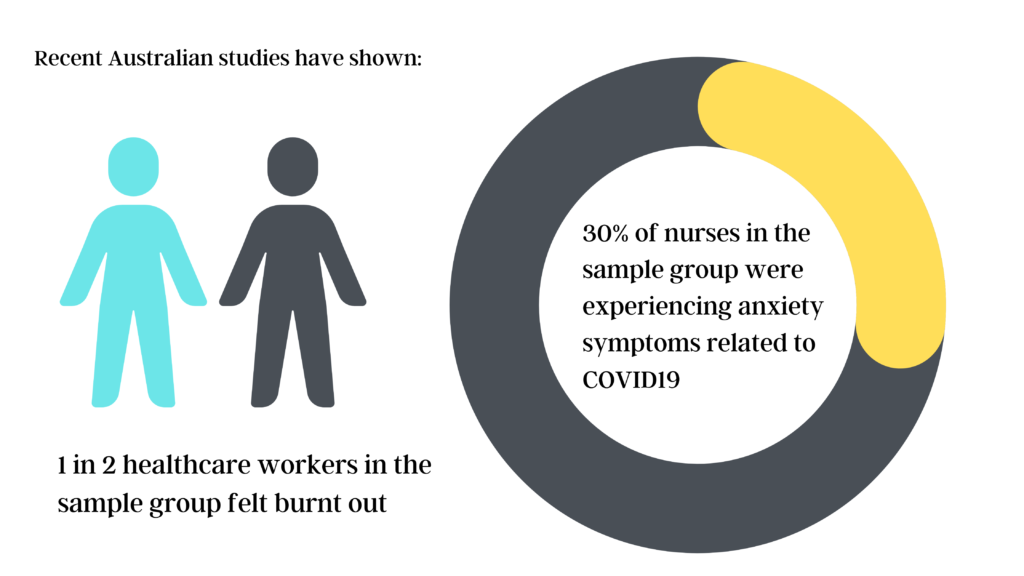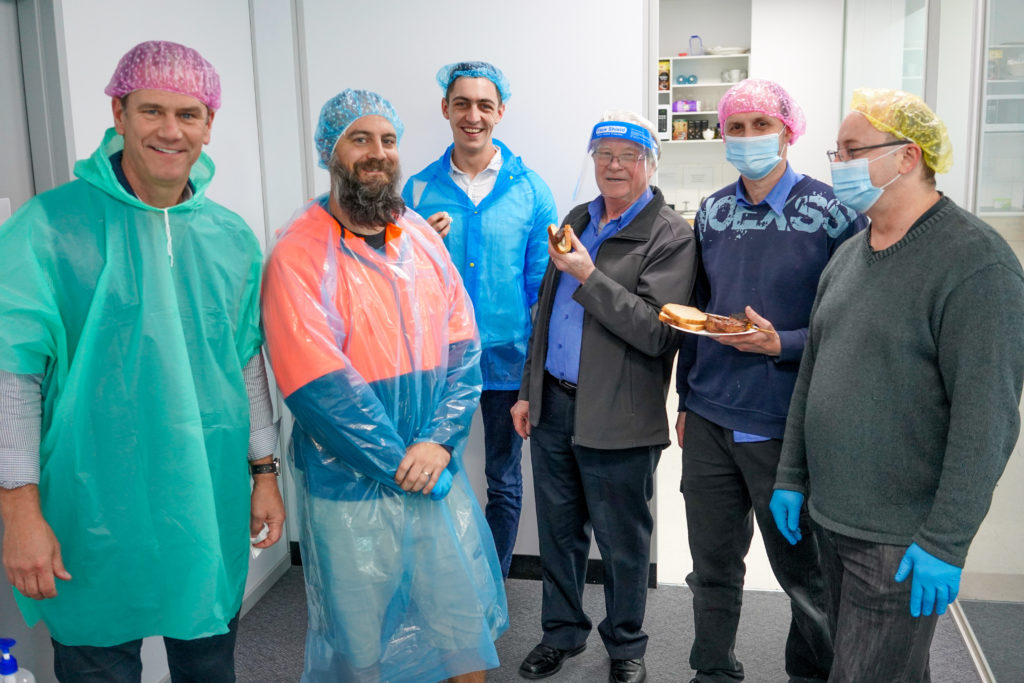
Critical messaging in healthcare began with a bell on a bedside table for patients to ring when they needed a staff member. Nurse Call and paging has evolved since then to feature multi-system integration and a wide range of flexible destinations such as an encrypted Smartphone Messaging app. However, critical messaging systems haven’t changed in their fundamental purpose: They are designed to save lives and keep people comfortable. The best systems send time critical information about patients and residents to the correct staff member, on the best device, in the most efficient form so that immediate action can be taken. The fantastic byproduct of this is that it also increases efficiency, which allows more time for quality, face to face patient care from staff. These are two factors that will continue to shape critical communication technology development into the future.

Today automation is commanding the world’s attention. In healthcare fully-automated robots can already perform time and labour-intensive tasks. In some aged care facilities they deliver laundry and meals to specified locations, which frees up staff to do other, higher value activities. However, when it comes to saving lives and increasing efficiency, not every facility needs their own “Wall-E” or “Eva” robot. In an interview Adam Rowson, Sales and Marketing Manager at Xacom, explained how aged care facilities are benefitting from the utilisation of ‘resident profiles’.

These profiles are designed for ‘resident monitoring’, a term for the care of residents experiencing dementia symptoms, diminished cognitive functioning or reduced mobility. Each profile is tailored to a particular resident, using non-invasive sensors to collect data about the residents’ habits and then alert staff when an activity outside the pre-set parameters is triggered. This technology allows for an increased sensitivity to a resident’s state, without requiring constant staff observation of the person. This not only allows a higher level of care and safety, but in addition residents are enabled to live relatively uninterrupted, independent and dignified lives.

Above: How ‘Resident Profiling’ works in care for people experiencing symptoms of dementia. Source Xacom.
Resident monitoring has also been used by one of our clients for another more unexpected benefit. As behavioural data is collected and analysed, the resulting data reports can be used to identify symptoms of pain, illness or infection. Behaviours such as repeated trips to the bathroom, tossing in one’s sleep, endlessly walking around the room and resting for unusually long time periods can all be indicators that something needs attention. Identifying these symptoms early can allow staff to take preventative measures and ensure the safety and greater comfort of residents. A client of ours, one of Australia’s foremost aged care providers, uses resident profiles and the information gathered from multiple different systems to better understand resident behaviour and improve their care. They are excited about using the tailored and reliable data collected through their resident monitoring software to identify crises before they happen.
"They are excited about using ... resident monitoring software to identify crises before they happen."
Perhaps by the time some of us retire we will have our own personal robot to make and deliver our morning coffee. Perhaps not. What we do know though is that, as technology continues to develop, new ways will be found to keep people safe and improve efficiency. Nothing ever replaces face to face care, but automation can help deliver it to where and when it is needed the most.
If you would like to discuss Resident Monitoring or another solution for your facility, please leave your details below and we will be touch soon.



